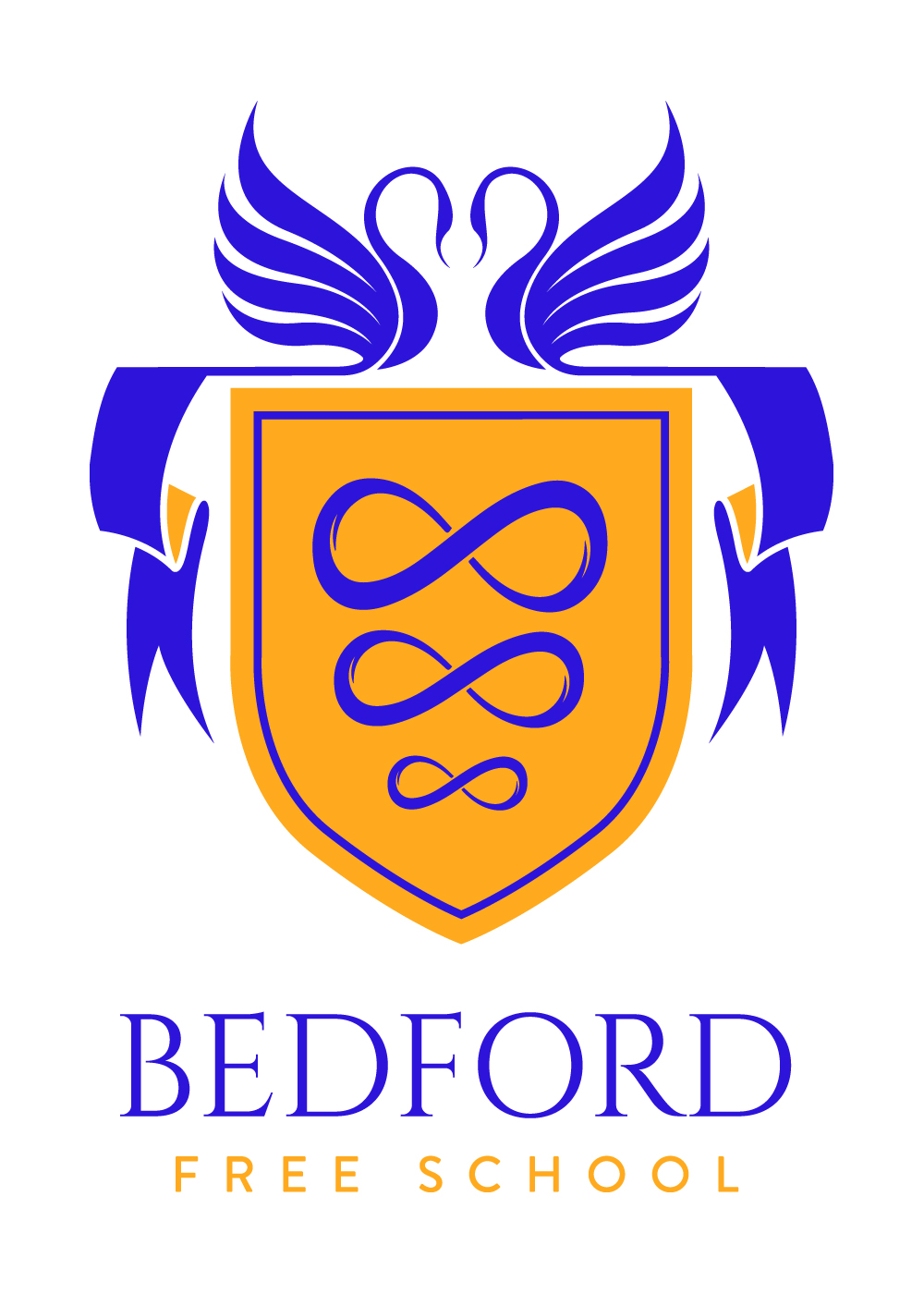
We believe creativity is not an exceptional talent, but a skill that can be mastered with the right teaching and approach. Every pupil should be able to access and understand the wealth of art and culture that is available to them: it is their right to do so.
The ability to make and appreciate art is one of the fundamental characteristics that defines us as human, so at Bedford Free School we develop each pupil’s own way of looking at and interpreting the world around them. We teach pupils how to communicate ideas visually, verbally and in writing. They learn how to read works of art and other contextual sources and how to critically analyse them.
Throughout our KS3 and KS4 courses, we equip our pupils with the skills necessary to achieve this. Our Art provision is tailored to improve and foster the technical skills of drawing, develop pupils’ mastery of a range of media, and establish contextual understanding through knowledge of art history.
In year 7 our theme for the year is still life, and through this we study drawing, colour work and printmaking. By the end of Year 7 pupils have a good grounding in basic drawing skills, an understanding of colour theory and are competent in a range of elementary printmaking techniques. They are aware of the history and importance of the still life in art, and have a good knowledge of some of the most influential still life artists.
In year 8 our theme for the year is portraiture, and through this we study drawing, colour work and relief sculpture. By the end of Year 8 pupils have developed their drawing skills, have a good knowledge of colour theory and are aware of a variety of methods for creating sculpture. They are aware of the history and importance of portraiture in art, and have a good knowledge of some of the most influential portrait artists.
In year 9 our theme for the year is Western Art History, and through this we study drawing, colour work and painting. By the end of Year 9 pupils have good drawing skills, are able to use colour theory competently in their work, have a good understanding of the development and progression of Western Art from the medieval period to the current day and are able to paint with a range of media proficiently. They are aware of the major developments and changes in art, and have a good knowledge of some of the most influential movements and artists.
We work from life and learn the technical skill of drawing, as well as good studio practice.
We study the work of a famous artist and discuss it critically, before practically exploring how it was made. We learn how to make prints, how to paint and finally produce an artistic response to our famous artist’s work.
We combine our newly-acquired skills of drawing, painting and researching into a sustained artistic investigation in our given topic. This allows pupils to further develop their own artistic ideas.
There are four main criteria on which GCSE Art is marked; 1, art history and contextual studies; 2, drawing and observational skills; 3, the ability to use and explore a range of media; 4 the ability to bring all these skills together to create a personal and meaningful response to a given theme.
Visiting any Art gallery is hugely beneficial. In Bedford we are very lucky to have one of the most important regional galleries in our town center – The Higgins! It is free to visit and has exhibitions that change regularly.
Almost all of the major galleries in London are also free; the National Gallery, The National Portrait Gallery, The Tate and The Tate Britain, The Victoria & Albert Museum and The British Museum.
If your child is studying GCSE Art it is useful to have a range of basic art material at home to enable pupils to continually refine and develop their work. A GCSE kit is available to purchase from school at the beginning of Y10.
Key Stage 3
Key Stage 4
Miss Burbridge: [email protected]